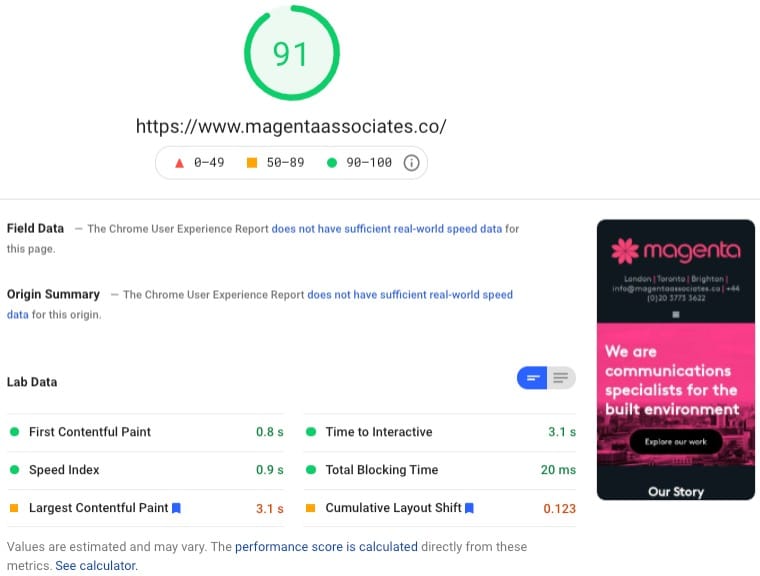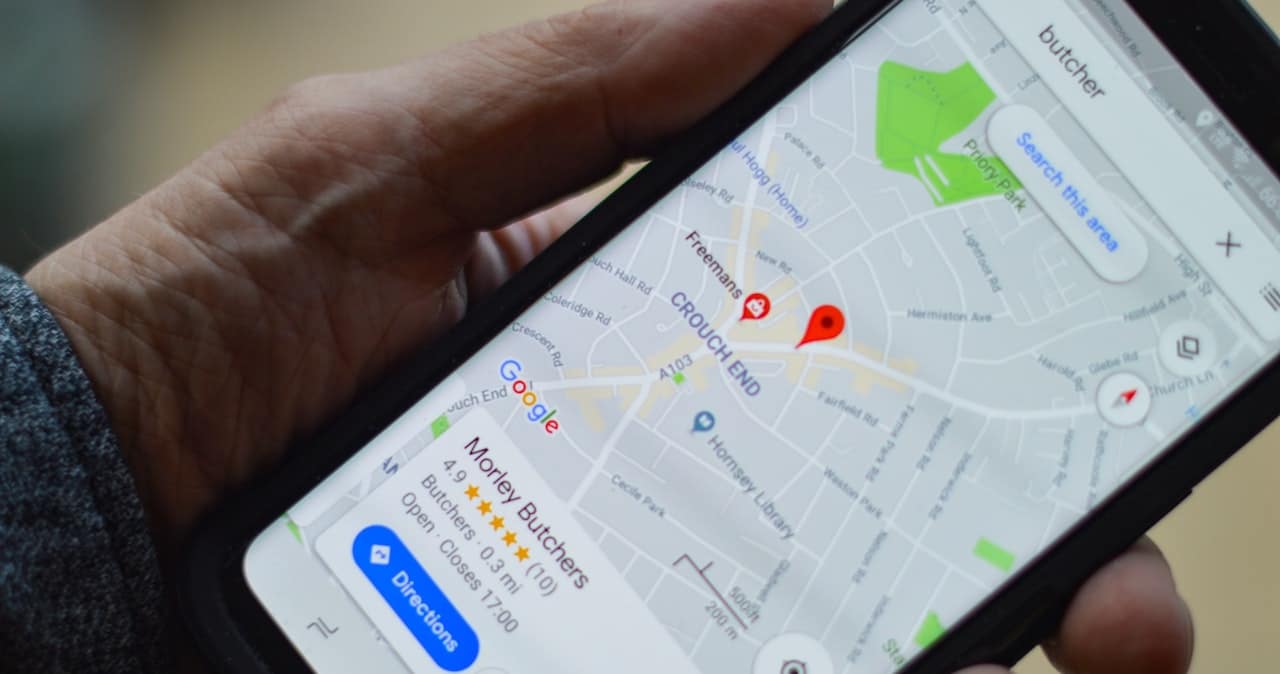When we think about SEO it’s easy to focus on desktop only, but that approach neglects a huge amount of potential mobile traffic. According to Statista, 54.8 percent of all global website traffic in Q1 of 2021 was from a mobile device. This can vary by country and website, but most sites do average at least 50 percent of mobile traffic. That’s why mobile SEO is so important.
Why mobile SEO matters
Let’s assume that half of all your website visitors are via mobile. If you don’t provide them with a good experience, that’s a huge amount of potential business lost. WebFX has a number of stats that back this up, including that 67 percent of mobile users say they are more likely to buy a product or service when the site is mobile-friendly, and 52 percent are less likely to engage with a company because of a bad mobile experience.
We can all relate to this. I know that if I visit a mobile site and have a bad experience, I’ll leave and try another site instead. Businesses that don’t optimise for mobile users are losing customers to their rivals.
Another reason that mobile SEO is important is mobile-first indexing. This means that Google predominantly uses the mobile version of a website for indexing and ranking. Since July 2019, mobile-first indexing has been enabled by default for all new websites. For older websites, desktop-first indexing may still be in place but Google still highly recommends having a good mobile site.
How to check your if your website is mobile-friendly
Google has a free tool called PageSpeed Insights. Simply enter your URL and you can see your score for both desktop and mobile. You’ll also see your score for Core Web Vitals and a list of ways to improve your score. Another tool worth checking out is Experte’s Web Vitals Check. The tool checks hundreds of URLs at once so can give a good overview of a website’s stats.
At Magenta, our mobile score was around 50, so we worked with our web development team to design an alternative homepage for the mobile site. The mobile version is more responsive, provides a better user experience and loads faster. As a result, our score jumped up to 91 and visitors to our site from mobile have a much better experience.

How to optimise mobile for SEO
The good news is that if your website is already optimised for SEO, there aren’t a huge number of additional tasks for mobile SEO optimisation. Most are more technical and will require working with your website developer.
Consider the design of your mobile site and how that impacts user experience. This could include:
- Thumb-friendly design – make scrolling and clicking easy
- Clear calls to action (CTAs) – they should be prominent and easy to click
- Ensure font is legible on smaller devices
- Avoid pop-ups – these can be hard to close on mobile and can cause a high bounce rate
Page speed is also a vital factor. We all expect instant loading time and will leave a mobile site if it’s too slow. Options to improve page speed include optimising images, minifying code, using browser caching and reducing redirects. A web developer can handle all of these.
Finally, make sure that the same content is available in desktop and mobile. If new blogs are only appearing on desktop, they may not be indexed by Google and you’ll be losing out on valuable traffic.
Key takeaways
The number of users accessing websites by mobile has been steadily growing for a number of years and will likely continue to increase. The benefits of mobile SEO optimisation far outweigh the time and cost. If you haven’t started optimising yet it’s never too late!
At Magenta, we are experts in SEO optimisation and website design. Contact us today to chat about how we can support your business. And be sure to check back on our blog for more SEO advice!






